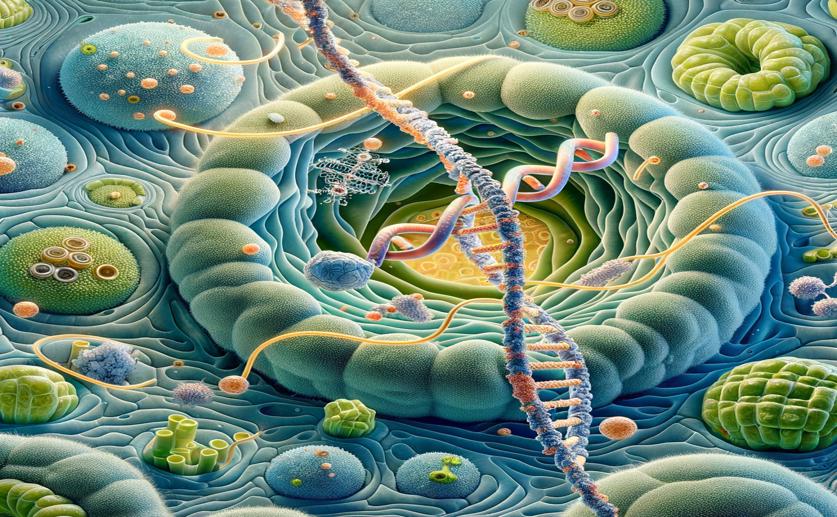
Precise DNA Letter Editing in Plants Using Special Proteins
Jim Crocker
30th April, 2024

Image Source: Natural Science News, 2024
Key Findings
- Researchers at Leibniz University Hannover developed a new genome editing tool for plant organelles
- The tool, TALE-DdCBEs, precisely edits mitochondrial and chloroplast DNA without breaking DNA strands
- This method could lead to treatments for mitochondrial diseases and more resilient crops
References
Main Study
1) Targeted C•G-to-T•A base editing with TALE-cytosine deaminases in plants
Published 29th April, 2024
https://doi.org/10.1186/s12915-024-01895-0
Related Studies
2) Programmable editing of a target base in genomic DNA without double-stranded DNA cleavage.
3) Base Editors: Expanding the Types of DNA Damage Products Harnessed for Genome Editing.
4) CRISPR C-to-G base editors for inducing targeted DNA transversions in human cells.



 21st April, 2024 | Jenn Hoskins
21st April, 2024 | Jenn Hoskins